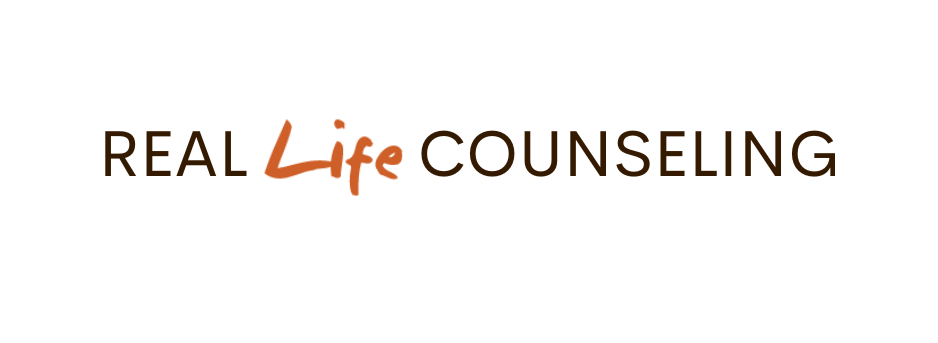Gone are the days when Zack Morris’ problems were solved in a single episode and Danny Tanner was always one step ahead of his children, able to fix literally anything. Being born in the 80’s and a fan of 90’s sitcoms, I grew up watching and living for these moments on television. Teenagers were portrayed as characters who dealt in black and white absolutes, with little to no mystery. Families had dilemmas, of course, but they were always palatable ones, wrapped up nicely with a neat bow. Jessie Spano was able to kick a pill addiction in a matter of a few days! 90’s sitcoms were marvelous for their time; however, times have clearly changed and what kids are watching has changed as well.
This past spring, Netflix and Oscar Winner Tom McCarthy brought us the television adaptation of the book, 13 Reasons Why. I decided shortly after its overwhelming response in the media and in schools to watch it. All I knew going in was that the show was about a female adolescent who was suicidal and leaving behind some sort of legacy. So I sat down, grabbed a pen and paper (more like my phone and voice notes), and watched all 13 episodes with my clinical lens.
I was not prepared for what I watched and my response to it all. First of all, like many Hollywood show or movie adaptations, the book is different. I did not read the book, but I did some research and discovered some key differences. I will not itemize those here. I will just conclude that the show is much more graphic. That being said, the show is wonderful – no, phenomenal. It is a show that I urge all parents to watch (I would not recommend it for children).
13 Reasons Why, in my opinion, is one of the most honest and brutal glimpses into the mind of a depressed teen. The main female character, Hannah, has extreme moments of self-loathing. She avoids people/places/situations, her grades suddenly drop, she isolates from family and friends, she is highly irritable, and the level of her distorted thinking patterns is very typical for a teenager suffering from depression. Not once in the show did she talk about suicide with anyone; however, all the red flags were present.
Hannah is a victim of bullying and sexual assault. These circumstances, in and of themselves, are not the reasons teenagers decide to kill themselves. These are the things she identifies, however, that validate her depressive thoughts. What leads to Hannah killing herself in the end is the belief in her negative perceptions: that life and the people in it will truly be better without her. She leaves behind 13 tapes explaining the cause of her suicide, along with the rule that all 13 people identified in the tapes must listen. This is an attempt to gain power and control as a response to the pain she is in. It is normal for people in pain to grasp at power and control and while we shouldn’t always necessarily give them exactly what they want, one of the ways we can help others in crisis is to help them regain some kind of power and control in their lives. We can do this by listening and helping them problem-solve. They need to feel like there is someone in their corner.
The show also gives a sneak peak into the adolescent social scene today. Producers and directors alike are getting closer and closer to what adolescent life is truly like. Movies I soaked up when I was younger, like Can’t Hardly Wait and 10 Things I Hate About You tried, but always had an elitist view and the families always seemed affluent. 13 Reasons Why shows bullying via social media, drugs/alcohol in parties, how quickly friends can be used and abused, how a single text can be sent to hundreds of students in a matter of a second, high school crushes and relationships, the adolescent invincible feeling, several social/economic classes, diversity, and teen dating violence. This show is not your average after school special. The lives portrayed in this show are not cookie cutter lives, but honestly, what lives truly are cookie cutter? Shows like this are important in giving us a window into teen culture and we must be aware of the reality for adolescents today if we are to help them find hope and a reason to go on living.
If you have a depressed teenager or know someone who is depressed, you do not want them to think that the only solution they have to gain power and control is by doing the exact same thing Hannah did on this show. Children and adolescents, who feel/look/act just like Hannah exist. It is important for parents and guardians to educate themselves on depression and suicidal red flags. So, watch the show and have a conversation with your child/children. Again, I advise parents only watch, as the show portrays sexual assaults and the actual suicide. Check in with your children and always let them know they are loved and they are safe. If you have a child who is in crisis, or you are, call the National Suicide Prevention Lifeline at 1(800) 273-8255.

